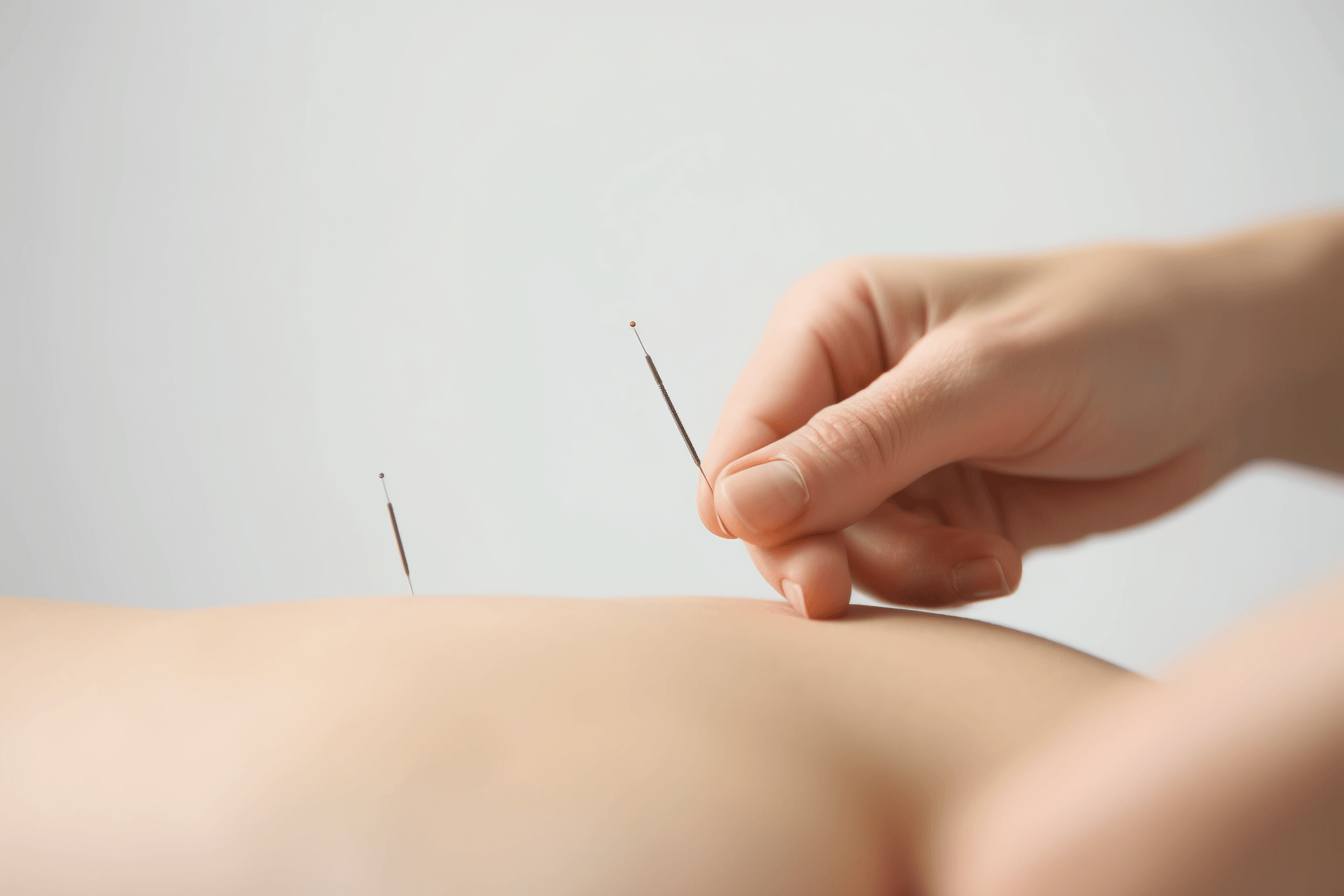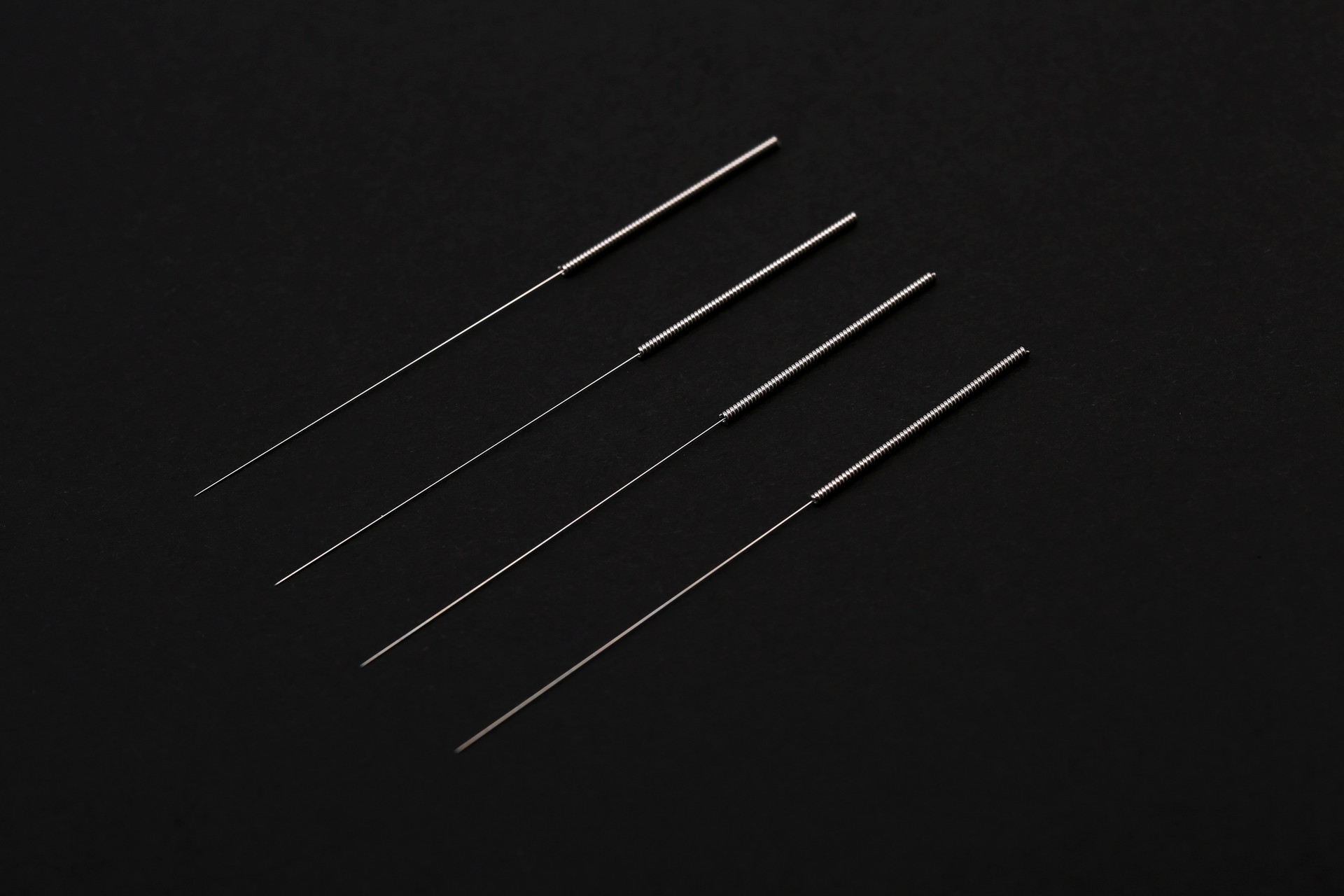Acupuncture is one of the traditional Chinese medicine therapies that has been passed down to us from ancient times. It is still widely used today for health and medical purposes. Acupuncture has proven to be effective in treating conditions such as frozen shoulder, cervical spondylosis, and leg pain caused by cold. Today, I want to introduce another benefit of acupuncture, which is its ability to treat infectious diseases. Let's take a closer look at this.
Acupuncture can be used for the prevention and treatment of infectious diseases. As an important part of traditional Chinese medicine, acupuncture has played a significant role in the treatment of infectious diseases for thousands of years, just like Chinese herbal medicine. It can be applied to the prevention and treatment of various infectious diseases such as influenza, malaria, dysentery, diphtheria, whooping cough, epidemic parotitis, epidemic encephalitis B, epidemic cerebrospinal meningitis, etc. Unlike using antibiotics or other drugs to directly kill pathogens, acupuncture stimulates the acupuncture points of the human body, thereby stimulating and enhancing the body's inherent defense mechanisms and regulatory mechanisms, indirectly killing pathogens. It has the characteristics of early treatment, rapid effectiveness, wide applicability, safety without toxic side effects, and equal emphasis on prevention and treatment. Therefore, combining acupuncture with antibiotics or other drug treatments, taking advantage of their respective strengths, would be an ideal model for the prevention and treatment of various infectious diseases.
During the outbreak of SARS, people rediscovered the role of traditional Chinese medicine in preventing and treating infectious diseases. However, there were no reports of using acupuncture to treat this disease. In fact, acupuncture can play an important role in the prevention and treatment of infectious diseases. The ancient medical book "Mawangdui Medical Book" records the use of moxibustion to treat malaria, jaundice, and other diseases. "Huangdi Neijing" (Yellow Emperor's Inner Canon) first documented acupuncture treatment for infectious diseases, with specific chapters in "Ling Shu" and "Su Wen" discussing acupuncture treatment for diseases such as fevers and malaria, as well as other diseases such as jaundice, dysentery, and mumps. "Ling Shu: Four Seasons Qi" and "Su Wen: Long Needle Jie Lun" also mention the use of acupuncture to treat "leprosy wind," which may be an early record of using acupuncture to treat leprosy.
It is worth mentioning that the "Su Wen Yi Pian: Cifa Lun" recognizes that the occurrence of infectious diseases is related to abnormal changes in the natural climate and has strong infectivity. Therefore, it attaches great importance to the prevention of infectious diseases, emphasizing the need to "avoid its poisonous qi" and support the body's positive qi. One of the main methods to support the positive qi is to develop the "Five Acupuncture Methods for Epidemic Diseases" based on the abnormal changes of the Five Elements and Six Qi. It believes that acupuncture "can bend depression, support circulation, supplement weakness, drain excess, and alleviate suffering... through acupuncture, it can predict and alleviate diseases." This method of taking active measures to prevent the spread of infectious diseases based on abnormal climate changes is still practical today.
Introduction to diseases suitable for acupuncture treatment:
Acupuncture therapy is an ancient traditional therapy originating in China with a history of thousands of years. It is the crystallization of the wisdom of the ancient Chinese working people and medical practitioners. Even in today's rapidly developing modern medicine, acupuncture still stands out due to its unique therapeutic effects. It is also increasingly accepted by the world. Its remarkable and rapid effectiveness in treating certain diseases is unparalleled by modern medicine. At the same time, due to its "green" effect on the human body, it is becoming more and more popular. Of course, acupuncture is just a method of treating diseases and it has its own suitable diseases. Many diseases are not suitable for acupuncture treatment, or acupuncture does not have any therapeutic effect. For some diseases, acupuncture can only be used as an adjunctive therapy to play its specific role. Therefore, only by understanding the role of acupuncture in treating diseases can we better choose acupuncture therapy and make full use of its advantages. Below is a brief introduction to common diseases suitable for acupuncture treatment.
1. Musculoskeletal diseases:
- Torticollis: Torticollis refers to a condition where the neck and upper back are painful and movement is limited. It is mainly caused by spasms of the muscles in the neck due to exposure to cold or prolonged pulling. It is more common in adults, and in middle-aged and elderly patients, torticollis is often a reflection of cervical spondylosis and is prone to recurring. Acupuncture has fast and significant effects in treating torticollis. It is important to maintain the correct sleeping position, use a pillow of moderate height, and avoid exposure to cold and prolonged strain on the neck.
- Cervical spondylosis: Cervical spondylosis, also known as "cervical syndrome," is a syndrome caused by the stimulation and compression of cervical nerve roots, spinal cord, vertebral artery, and cervical sympathetic nerves due to degenerative changes in the cervical vertebrae, intervertebral discs, and other tissues. It is more common in middle-aged and elderly people aged 40-60. Nowadays, due to the increase in desk work, the onset age has gradually decreased, and symptoms may appear around the age of 30. Acupuncture has good efficacy in treating cervical spondylosis, especially in relieving neck pain, shoulder and back pain, upper limb pain, dizziness, and headaches. Acupuncture can be used alone, but if combined with massage and external application, the therapeutic effect will be even better. Long-term desk workers or those who frequently lower their heads should pay attention to neck health. After working for 1-2 hours, it is necessary to move the neck or self-massage the area to relax the neck muscles. Sleeping in the wrong position can aggravate cervical spondylosis, so it is important to maintain the correct sleeping position and keep the neck warm to avoid exposure to cold.
- Adhesive capsulitis of the shoulder: Adhesive capsulitis, also known as "frozen shoulder," is a clinical syndrome characterized by shoulder pain, stiffness, and limited range of motion. Acupuncture has a good therapeutic effect in treating frozen shoulder. However, it is important to make a clear diagnosis and exclude other diseases such as shoulder joint tuberculosis, tumors, fractures, and dislocations, as well as pain referred from cervical spondylosis or internal diseases. Timing is crucial for acupuncture treatment, and the shorter the course of the disease, the better the effect. For patients with tissue adhesion and muscle atrophy, massage therapy should be combined to improve the efficacy. Active and passive exercises are essential for acupuncture treatment to help restore shoulder joint function. It is necessary to emphasize appropriate shoulder exercises and perform "wall crawling" exercises 2-3 times a day. Pay attention to keeping the shoulders warm.
These are just a few examples of diseases suitable for acupuncture treatment in the musculoskeletal system. Acupuncture therapy has been widely used in various other diseases as well, such as digestive disorders, respiratory diseases, neurological disorders, and gynecological disorders. However, it is important to consult a qualified acupuncturist or healthcare professional to determine the most appropriate treatment plan for individual conditions.









